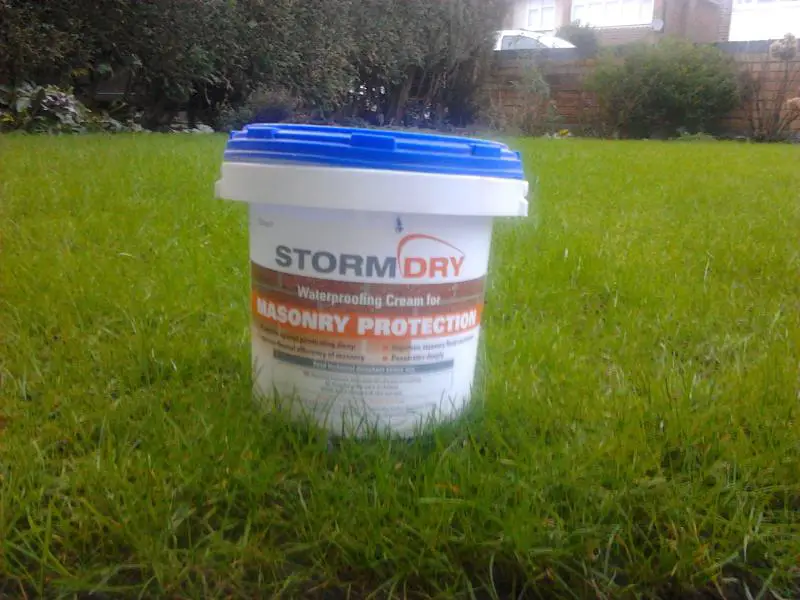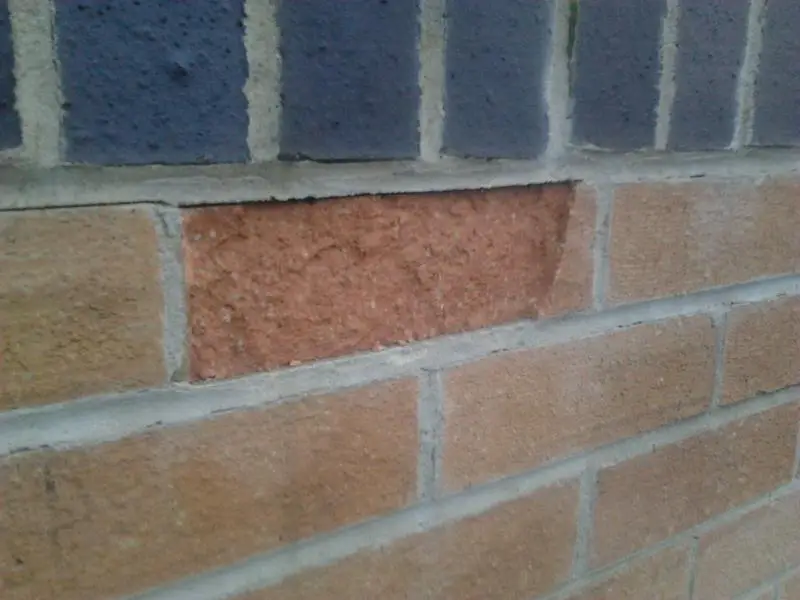A few years ago we had a new wall built at the front of our house. After the first winter, several of the bricks had suffered from frost damage, so in the spring we had the bricklayer who built it chop out the damaged bricks and replace them. Then during last summer I treated the wall treated with this, which is promoted as "a waterproof repellent for brick and stone".
It was expensive at about £100, but I deemed it worthwhile to protect my wall from any further damage. Last week we had our first severe frost of the winter and I was smug in the knowledge that all would be well..........except it wasn't!
Two bricks have lost their facings. So I need to know what I can do to prevent further damage, so far I have forked out for the wall, repair of the wall and an expensive yet ineffective product. The idea of having a wall was because it would require less time and money in maintenance that a fence.
It was expensive at about £100, but I deemed it worthwhile to protect my wall from any further damage. Last week we had our first severe frost of the winter and I was smug in the knowledge that all would be well..........except it wasn't!
Two bricks have lost their facings. So I need to know what I can do to prevent further damage, so far I have forked out for the wall, repair of the wall and an expensive yet ineffective product. The idea of having a wall was because it would require less time and money in maintenance that a fence.



